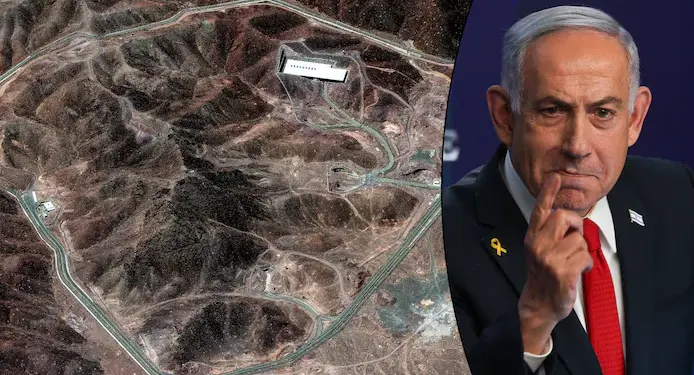While the tensions between Iran and Israel intensify dangerously, Fordo’s name insistently returns to diplomatic and military circles. Considered one of the most sensitive nuclear sites in the Islamic Republic, Fordo would today be at the heart of Israeli preventive strike scenarios, as it embodies the tipping point between a civil program and a military ambition.
Located near the town of Qom, about 90 kilometers south of Tehran, the Fordo complex is deeply dug in the mountains, making any military operation extremely complex. Unveiled to the general public in 2009 by the United States, the United Kingdom and France, Fordo is not an installation like the others: it was designed to withstand conventional air strikes.
Fordo is used for the enrichment of uranium, a process at the heart of international concerns. While the 2015 agreement (JCPOA) strictly limited its use, Iran gradually resumed its activities on the site after the US of this agreement in 2018. Today, enrichment levels above 60%, or even close to the 84% were reported by the International Atomic Energy Energy Agency (AIEA), bordering on the threshold necessary for the manufacture of a nuclear bomb.
Why is Israel worried
For Israel, Fordo represents a red line. Due to its underground protection and its technical capacities, this site is considered a key link in a possible Iranian military program. Several Israeli military experts argue for targeted strikes against nuclear installations, and Fordo would be one of the priority objectives, despite the logistical complexity and geopolitical risks of such an act.
By evoking Fordo as a potential target, tensions have an even more critical dimension. An attack on this site could not only trigger a direct response from Tehran, but also ignite the whole region, causing the major powers in a spiral of confrontation.








